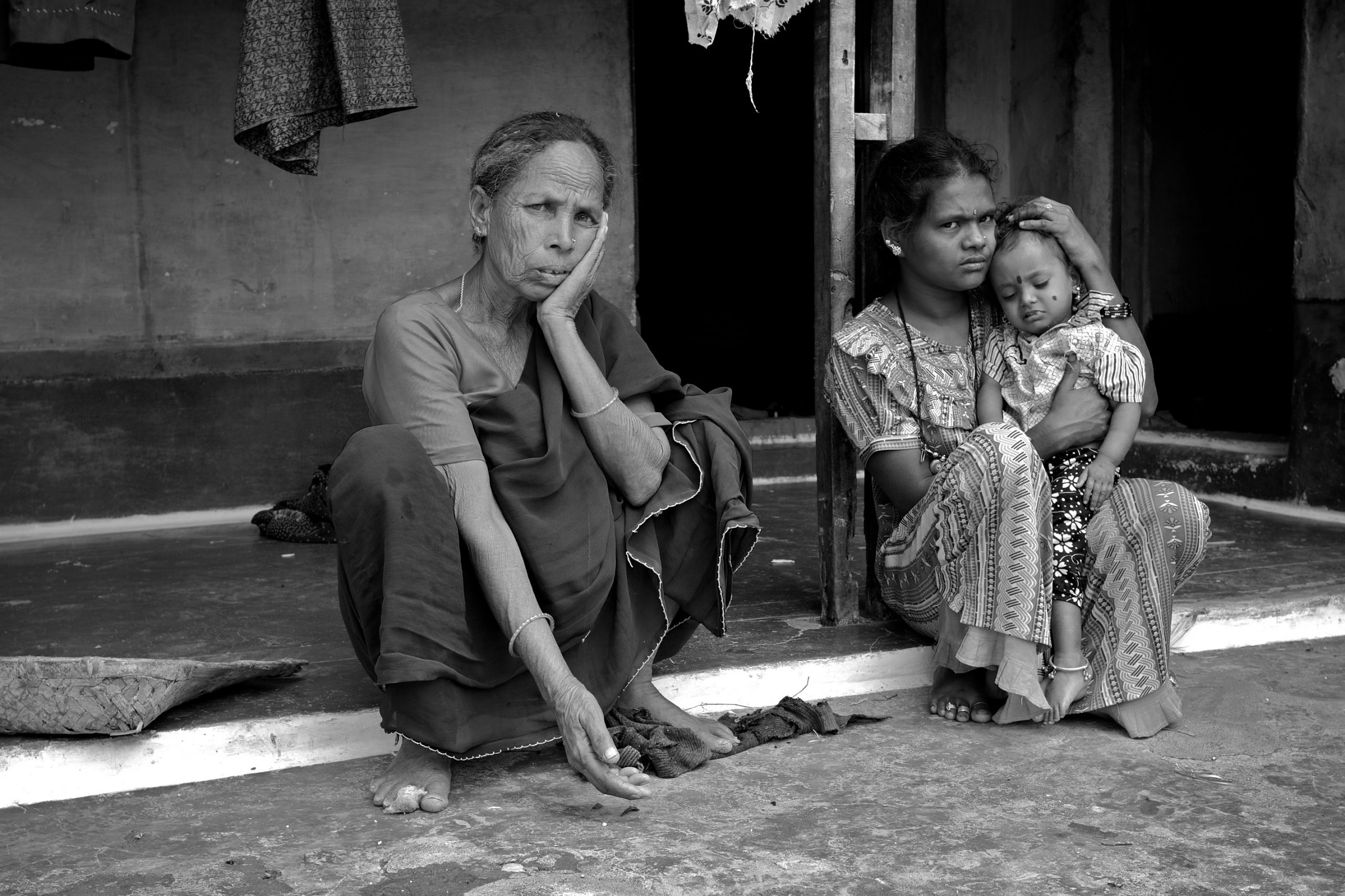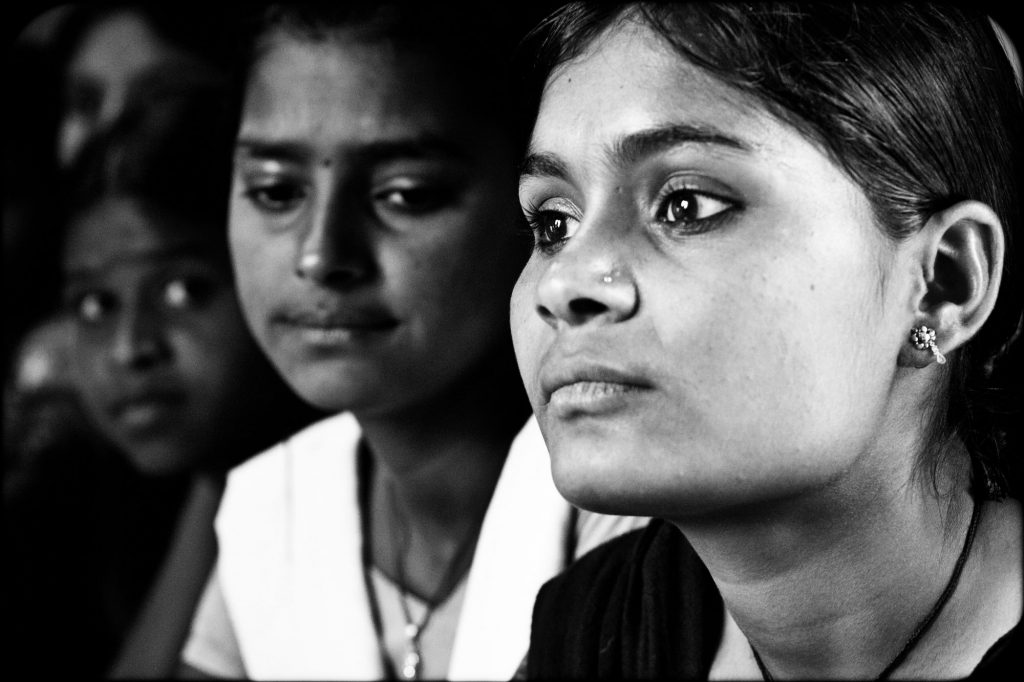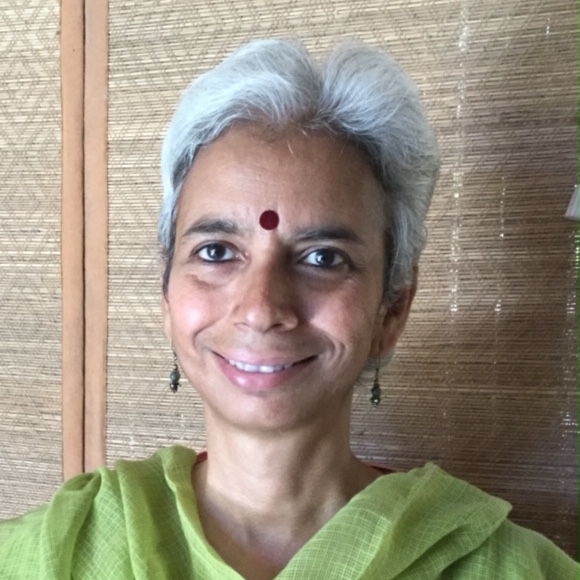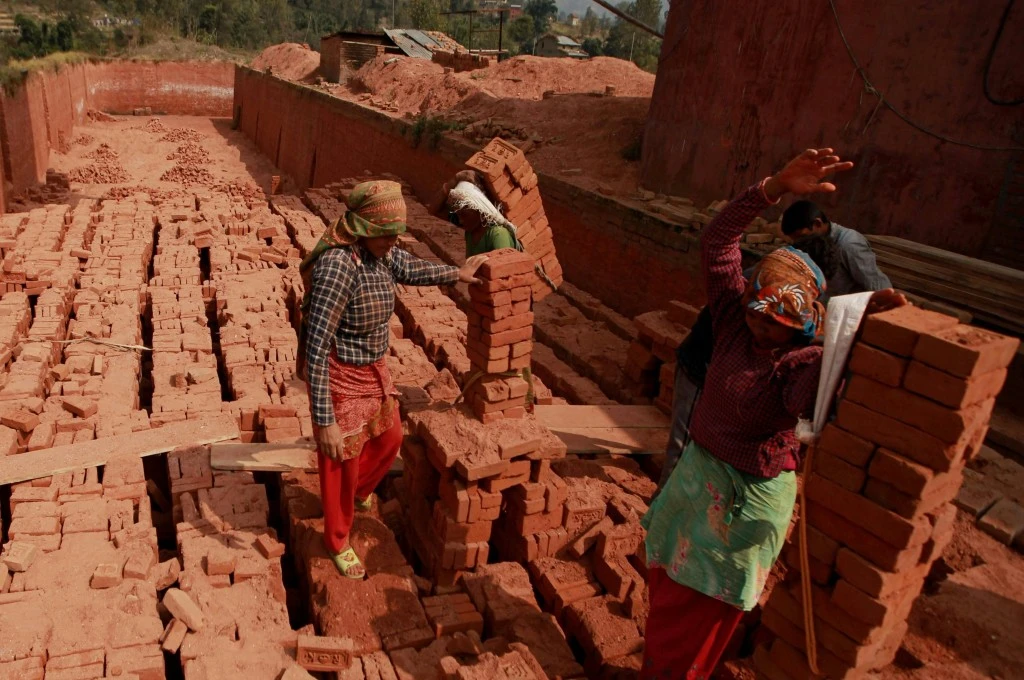Nearly three decades ago, I was in conversation with some of the rural women in a remote village on the borders of India and Pakistan, in Kutch. I asked them, “Do you know who Gandhiji was?” My question was met with blank looks. Some nodded hesitantly.
“Who is he?” I asked.
One of the women quickly said, “He’s God.” Another one thumped her, saying, “He’s not God!” A third woman also felt that the characterisation was slightly inflated. She said, “Nahin nahin, ek fakir tha.” (He was a saint). Another one quickly added, “Bahut bada aadmi tha.” (No no, he was a very big man).
I asked a woman who sat quietly in the corner, what she thought. “Mujhe itna pata hain, joh bhi the, voh sarkari aadmi nahin the.” (I know this much, whatever he was, he was not a government person).
And the entire group agreed immediately.
This woman spoke more about herself than about Gandhiji. Speaking entirely from her subjective experience, the response carried with it not so much an accurate identity of who Gandhiji was, as much as an accurate representation of her experience with ‘sarkars’. With one line, she spoke volumes on why she considered herself outside the circle of development.
This incident offers us some deep learnings. About individual women who live on the edges of life. Who represents them? What are they excluded from? And why do they find themselves outside the ‘circle of development’?
Let us examine this more closely.
Does the ‘development discourse’ ignore women?
No. Not today. It certainly does not ‘ignore’ women.
The development narrative homogenises experiences and contexts, refuses to delve deeper into women’s life experiences.
In fact, the development narrative casts its gaze evenly across a range of women, homogenises experiences and contexts, refuses to delve deeper into women’s life experiences, and is content to have counted women as participants, beneficiaries, victims, and case studies. Content to have counted her in, but not necessarily explored the complex socio-political, cultural and economic dynamics that she lives through everyday.
Three and a half decades ago, there was an overall lack of consciousness, sensitivity, and understanding of how our well-oiled structures of patriarchy functioned within families, homes, villages, cities, and society at large. Women were indeed ignored. But this very ignorance generated a counter-intuitive process of delving deep into individual experiences, and unpacking patriarchy through them. It gave birth to new perspectives, a feminist consciousness, reflections on the productive and reproductive roles of women, their practical and strategic needs, the impact of patriarchy on women’s individual and collective lives and their abilities to cope, counter, and resolve.
We believed then, as a sector, as citizens, activists, educators, and researchers that the subjective experience of each gives expression to the the experiences of many. So we delved deep into the lives of individual women, because when you are immersed in one, you are immersed in all, and can understand the collective experience of people.
Two decades later, we have 33 million women who are part of SHGs; 1.3 million women elected representatives in our panchayats. And we also have 20,000 homemakers committing suicide annually; this is a rate that is significantly higher than that of farmer suicides, which form a big part of our country’s developmental and political discourse. I am not diminishing the latter, but let us pause and think about how we balance both of these; how much mind, media, and research-space we give each.
Related article: Promoting women in grassroots governance – Strategies that work
Patriarchy rides alongside development
What we see today is not ignorance; it is a stubborn commitment to patriarchy. And at the same time, it is far more complex than just that. It has taken many decades of societal work to replace the values of patriarchy with values of empowerment, and expose the numerous fault lines in our society.
However, we have quickly moved from working on transforming gender power equations to decorating, celebrating, and embellishing the idea of women’s empowerment, devoid of its true meaning. And that is the crux of the problem. Today, touting women’s empowerment has become a way of expressing solidarity and enhancing one’s own credibility and power, of being on the ‘right side of gender’. Gender optics, is what I call it.
Let us look at some examples of how women have been excluded from the circle of development and have fallen out of the circle of well-being, self-actualisation, dignity, and self-esteem.
What we see today is not ignorance; it is a stubborn commitment to patriarchy.
Not long ago, I was in a remote village of Karnataka with a community called the Kadugullas. This is a community of herders, who have diversified their livelihoods. Their habitats comprised of reasonably large houses with courtyards and compound walls. Walking through the village, I noticed platforms built outside the compound walls and girls studying, sleeping or working on them. This struck me as strange; I asked one of them whether they were outside because they were menstruating. She said yes.
These girls were required to sleep there come rain or shine. And while they shared their distress quickly and quietly, they also expressed fear of invoking the wrath of their deity, if their families broke this norm. The girls showed me another spot, where pregnant women were required to stay for at least three weeks to a month. However, now things are changing and pregnant women were given shelter sometimes. Sometimes.

The category of ‘women’, or even of ‘communities’, is itself pluralistic. Thus, treating women as a homogenous group will only result in vacuous theorising | Photo courtesy: Arjun Swaminathan
This is not a community not ‘touched by development’. Their houses are evidence of this, as is their approach to livelihood, and their aspirations. This was a region where development had encircled the community, but had not led to the well-being of its women and girls.
I have seen many such examples across the country. The Lambadas in Telangana, for instance, are an agri-pastoral community who had a system of bride price. However, their increasing upward mobility, adoption of commercial agriculture, and growing socio-economic status has also led to the introduction of massive dowries. In fact, these dowries can be far higher than in other communities.
Even as communities climb the ladder of mainstream development, the women begin to slip down the ladder of gender justice.
And this story repeats itself across the country. Communities who traditionally lived off the commons—forests, grasslands or otherwise—used to have more progressive and gender equal relations. In the past 15-20 years (and more starkly in the last 10), the equation has changed, as it has even with the Rabari and Raika pastoralists of Gujarat and Rajasthan. Even as many tribal, nomadic and pastoral communities get alienated from their common lands, transit into various forms of settled agriculture, and climb the ladder of mainstream development, the women begin to slip down the ladder of gender justice.
And what do we have to say of all the young girls, old mothers, and traumatised widows in Kashmir, where development has been jettisoned entirely, because of civil strife? Who is talking about the emotional and psychological experiences of individual women in Kashmir? It doesn’t even enter our development framework because there is something else happening there that is more important. Kashmir is just one such space; there are many across India.
And in rural India, where we have more than one lakh women panchayat leaders, we still see countless cases of domestic abuse and violence in village after village. These are never taken up by the panchayat, because local governance institutions do not think that violence against women falls within the domain of local governance. These issues are either relegated to the women’s mandals, or the legal system, not to the social justice committees of these local governance institutions. Here, we don’t even recognise that the well-being of women and girls is a part of governance. Development is, but not this.
The imperative for research and policy
If we were to assess our entire sector, and look at the volume of research on women’s issues, we will find that it focuses either on her reproductive role and her body, or on her economic role as a worker. The rest is eluded.
Rather than making marginalised women objects of enquiry, shouldn’t we be ensuring that they engage as the primary agents of enquiry?
Moreover, with research, rather than making marginalised women objects of enquiry, shouldn’t we be ensuring that they engage as the primary agents of enquiry? Often, they are our respondents. But what are their questions? What are their hypotheses of their own lives? What aspects of their experiences would they like society to understand? These are questions we must ask ourselves, as we design research and write policy. The girl I met on that platform in Karnataka told me this: “Nobody is curious as to why we are living like this.”
Related article: Research, for whom?
Women’s lives are deeply impacted by development neglect. Their experiences are often subsumed under the starker and larger neglect of the entire community. Here I am talking merely of research and policy, not programmatic interventions. If we were to listen to women not just as respondents, but also as those asking the questions, our research would become far more located in how they experience development, or the lack of it.
The more global our development paradigm becomes, and the more global civil society aspirations become, the more we homogenise many of our terms, and how we view women’s experiences. The category of ‘women’, or even of ‘communities’, is itself pluralistic. Thus, treating women as a homogenous group will only result in vacuous theorising.

Photo courtesy: Charlotte Anderson
Thus, while there is an impetus to collectivise women and often homogenise experiences for the politics of resistance and advocacy, it is equally critical to localise women’s needs, issues, strengths, and perspectives, as a necessary step to reverse this neglect. If grassroots research action and policy is inherently local, then it will be difficult to ignore individual women’s perspectives and needs.
In today’s India, which celebrates empowerment and progress, if you question development’s impact on women, you are anti-development. We don’t want to ask the really uncomfortable questions about how development impacts women’s lives, because doing so will divert the gaze from ‘development’– a show that we must celebrate to showcase our ‘citizenship’–even when it ignores, hurts, or oppresses women.
There is a strong feeling within the sector that taking the focus away from the larger issues of the wider community, and focusing instead on specificities, will take away from the larger questions. Therefore, we subsume, dilute, or neglect the specifics. The more we perpetuate this game, the more deeply we are entrenching patriarchy in our thoughts, beliefs, and action.
If the circle shuts you out, draw a new circle
As a sector, it is time we create a referendum through research and policy, on what women have to say about issues–local, regional, and national. We are so enwrapped in trying to take them to our own definitions of development and empowerment, do we even ask them what they want?
Let us not fool ourselves into believing that we are privy to their conversations. Much is being discussed beyond the safe spaces of SHGs. Our sector is not in those spaces. We think our spaces are where the bright thinking happens; it actually happens outside them. There are indeed many questions we need to raise on how and why women are watching development pass them by.
We consider ourselves to be in the business of solving complex problems. However, a problem is only a problem, when it’s a problem for someone. Therefore, if we are not speaking enough—adequately, expressively, comprehensively—to those who are facing the problem, we are not understanding it.
I shall however, end with an abiding confidence in the power of women who, when they find themselves shut out of the circle of development, invariably draw a new circle around the old one.
Adapted from a speech delivered at the VikasAnvesh conference held in Pune in August, 2018.





